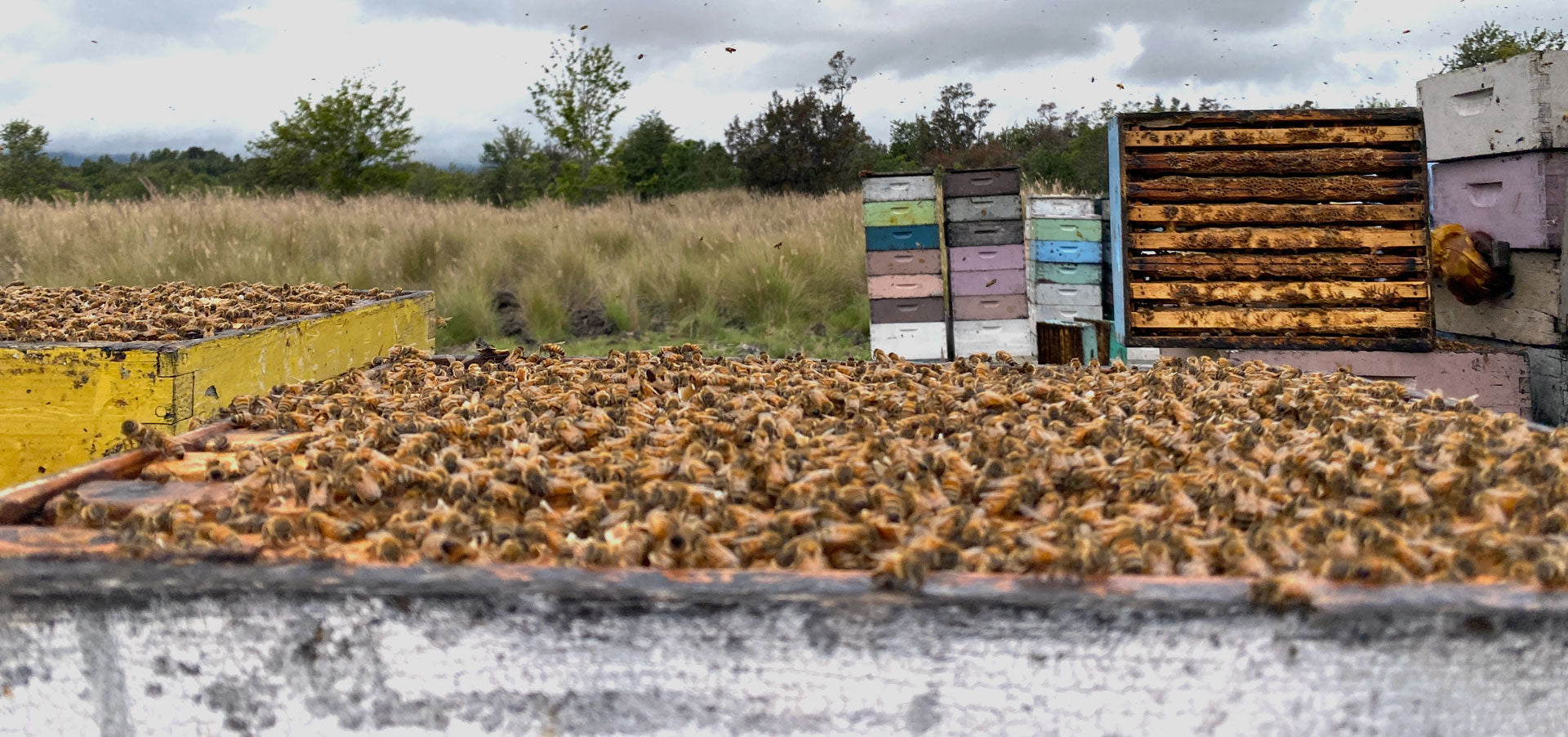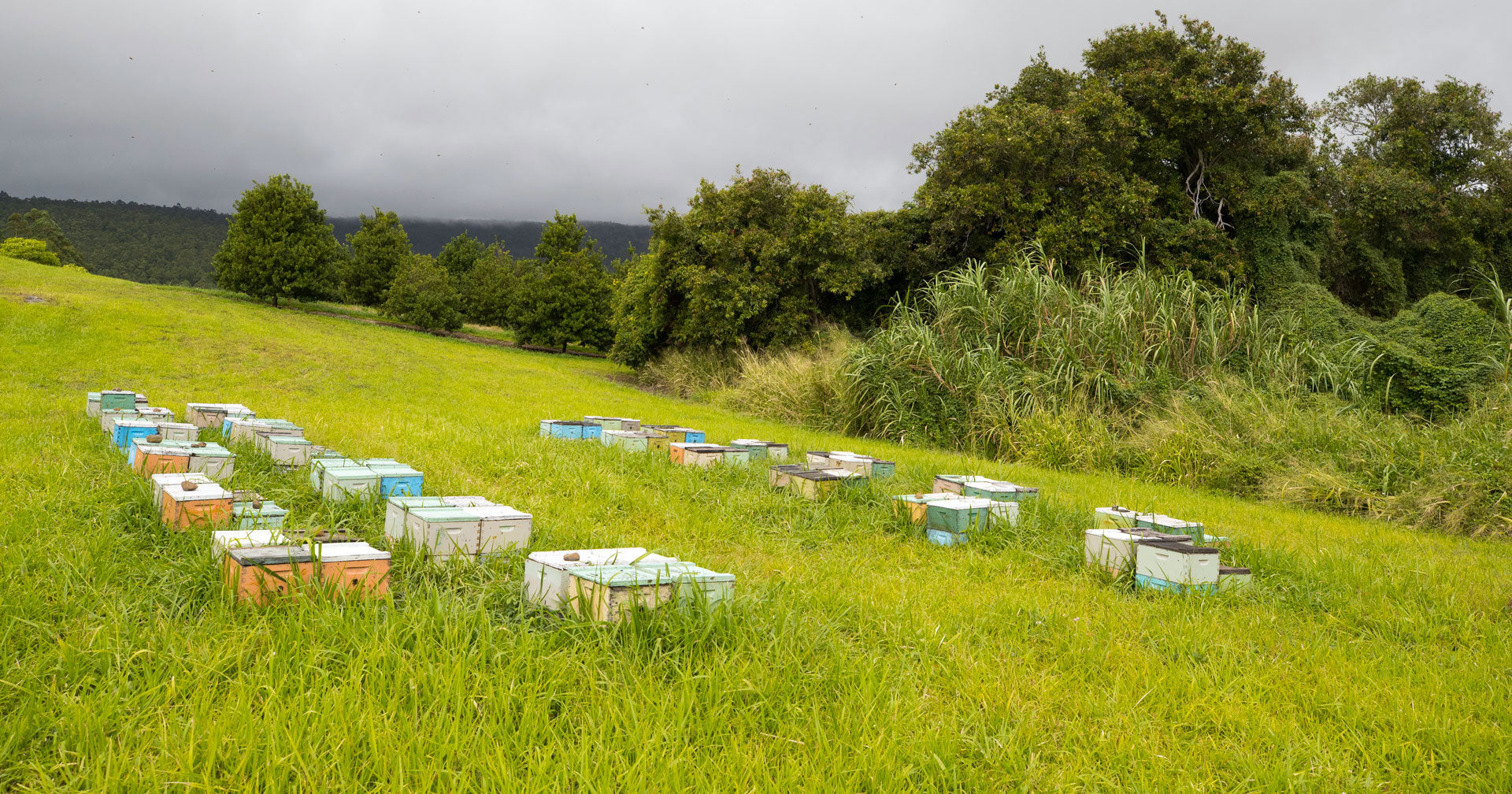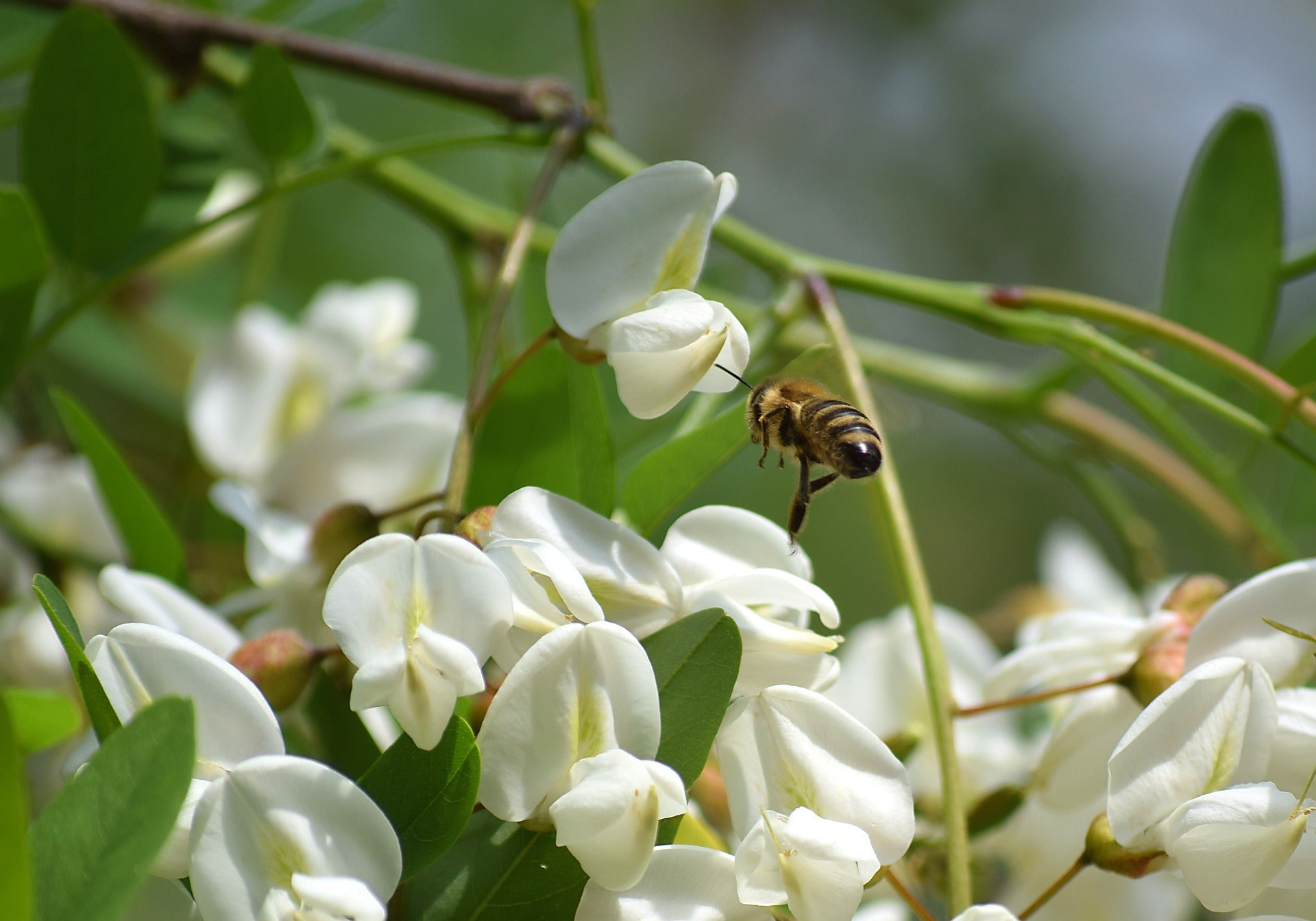We've always known that honey was healthier than refined sugar or high fructose corn syrup, but wondered whether it was also better for the environment than other sweeteners. For purposes of this post, we decided to compare how much water is consumed in producing honey versus sugar, and used as a reference the book "Sugar Water: Hawaii's Plantation Ditches" by Carol Cox (University of Hawaii Press, 1998), and our own honey production records.
Here is the comparison:
It takes 500 gallons of water to produce one pound of sugar. And this doesn't even include the amount of water required to irrigate the sugar cane. That is 5.3 gallons of water for each teaspoon of sugar. For a typical honey flow in one of our apiaries, we use 600 gallons of water (yes, we have to supplement the water bees obtain from natural rainfall). But this 600 gallons of water produce approximately 8,000 pounds of honey, or 768,000 teaspoons. The amount of water per teaspoon is negligible. While certainly not a rigorous scientific test, the differences are dramatic enough to indicate that the production of honey does require significantly less amounts of precious clean water.
We're still working on comparing the relative amount of energy used to produce sugar and honey and will post this when we've completed our review.




Comment
Hi, I was wondering if you had a comparison for how much water it takes to produce various grades of honey?
For instance, there are scales for what quality the honey is, and I’m supposing that some types or grades of honey might require significantly less water:
http://www.culinarymusings.com/2008/10/the-key-relevance-factors-for-grading-honey/
Do you have any further information? Also, what are your sources of info for this post — your experience, or other sources, too?
Thanks!